Home>Gardening & Outdoor>Landscaping Ideas>When Does Bahia Grass Start Growing
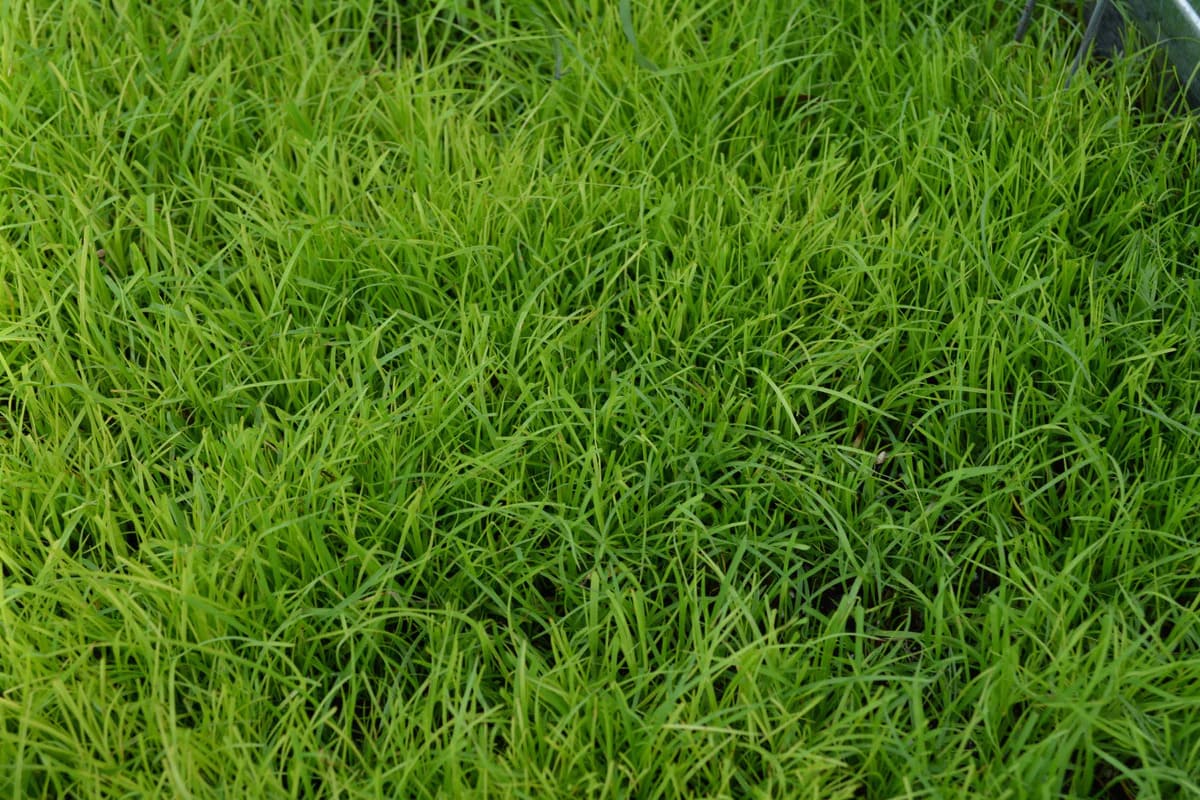

Landscaping Ideas
When Does Bahia Grass Start Growing
Modified: March 25, 2024
Discover when Bahia grass starts growing and get landscaping ideas to promote healthy growth. Learn how to create a lush lawn with our expert tips.
(Many of the links in this article redirect to a specific reviewed product. Your purchase of these products through affiliate links helps to generate commission for Storables.com, at no extra cost. Learn more)
**
Introduction
**
If you're a proud homeowner or a landscape enthusiast, the sight of a lush, vibrant lawn is a source of immense satisfaction. Among the myriad of grass species available, Bahia grass stands out as a popular choice for its hardiness and adaptability to various climates. Understanding the growth patterns of Bahia grass is essential for nurturing a thriving lawn. In this article, we'll delve into the fascinating world of Bahia grass growth, exploring the factors that influence its development and the optimal conditions for fostering its lush greenery.
Bahia grass, scientifically known as Paspalum notatum, is a warm-season perennial grass that thrives in the southern regions of the United States. It is renowned for its resilience in the face of drought, heat, and poor soil conditions, making it a favored option for lawns, pastures, and erosion control. As we uncover the intricacies of Bahia grass growth, you'll gain valuable insights into the timing, conditions, and signs that signify the commencement of its growth cycle. Whether you're a seasoned gardener or a novice homeowner, this knowledge will empower you to nurture a thriving Bahia grass lawn that serves as a testament to nature's splendor.
**
Key Takeaways:
- Bahia grass, a resilient warm-season grass, thrives in full sun and requires minimal fertility. Its growth signals renewal and vitality, offering a visually stunning landscape for homeowners and landscapers to enjoy.
- Understanding Bahia grass growth involves balancing sunlight, soil quality, watering, and maintenance. Recognizing its signs of growth fosters a deeper connection with nature, evoking a sense of rejuvenation and vitality.
Read more: When Does Grass Start Growing In Tennessee
Understanding Bahia Grass
**
To comprehend the growth patterns of Bahia grass, it’s essential to gain a deeper understanding of this resilient species. Bahia grass, native to South America, has firmly established itself as a go-to option for homeowners and landscapers seeking a low-maintenance, durable grass variety. Its coarse texture and robust root system enable it to withstand challenging conditions, making it particularly well-suited for regions with sandy or infertile soils. This grass species is characterized by its distinctive V-shaped seed heads and the ability to thrive in both full sun and partial shade.
Bahia grass is categorized into two primary types: Pensacola and Argentine. Pensacola Bahia is recognized for its superior cold tolerance and is commonly found in the northern regions, while Argentine Bahia excels in warmer climates and exhibits better heat tolerance. Both types share the common traits of rapid growth and excellent drought resistance, making them a popular choice for lawns, pastures, and erosion control.
Understanding the growth habits of Bahia grass involves recognizing its preference for warm temperatures and its ability to establish deep root systems, enabling it to endure extended periods of dry weather. This grass species typically experiences its most vigorous growth during the warm summer months, displaying a robust green color and rapid expansion. As we delve deeper into the factors influencing Bahia grass growth, you’ll gain valuable insights into the optimal conditions required to support its thriving development.
**
Factors Affecting Bahia Grass Growth
**
Several key factors play a pivotal role in influencing the growth and development of Bahia grass. Understanding these factors is crucial for creating an environment that fosters the robust and healthy growth of this resilient grass species. One of the primary determinants of Bahia grass growth is sunlight. As a warm-season grass, Bahia grass thrives in full sun, requiring a minimum of six to eight hours of direct sunlight daily to fuel its photosynthesis and metabolic processes. Insufficient sunlight can impede its growth and lead to sparse, patchy lawns.
Soil quality is another critical factor that significantly impacts Bahia grass growth. This grass species exhibits remarkable adaptability to a wide range of soil types, including sandy, acidic, and infertile soils. However, ensuring proper soil drainage is essential, as Bahia grass is susceptible to waterlogging, which can hinder its growth and lead to root rot. Regular soil testing and amendments can help maintain an optimal pH level and nutrient balance to support vigorous Bahia grass growth.
Water availability and irrigation practices also influence Bahia grass growth. While this grass species displays exceptional drought tolerance once established, adequate water is essential during its initial growth phase and in prolonged dry spells. Overwatering should be avoided, as it can lead to shallow root systems and susceptibility to diseases. Proper irrigation techniques, such as deep and infrequent watering, promote the development of deep, resilient roots that contribute to the overall health and vigor of Bahia grass.
Fertilization and nutrient management are integral components of fostering Bahia grass growth. While this grass species is known for its minimal fertility requirements, periodic fertilization with a balanced, slow-release fertilizer can enhance its color, density, and overall health. Care should be taken to apply the appropriate amount of nitrogen, phosphorus, and potassium based on soil test recommendations to avoid nutrient imbalances and potential environmental impact.
Additionally, factors such as mowing height, weed control, and pest management contribute to the successful growth of Bahia grass. Maintaining an optimal mowing height, controlling invasive weeds, and addressing pest infestations promptly are essential practices for promoting the lush, resilient growth of Bahia grass.
**
Bahia grass starts growing in the spring when the soil temperature reaches around 65-70°F. Keep an eye on the temperature to know when to expect growth.
Optimal Growing Conditions for Bahia Grass
**
Creating and maintaining optimal growing conditions is essential for nurturing the vigorous and resilient growth of Bahia grass. This warm-season grass species thrives in regions with a subtropical or tropical climate, displaying exceptional adaptability to a wide range of environmental conditions. To support the flourishing development of Bahia grass, it’s crucial to provide the following optimal growing conditions:
- Sunlight: Bahia grass thrives in full sun, requiring a minimum of six to eight hours of direct sunlight daily. Selecting a planting site that receives ample sunlight is essential for promoting robust growth and vibrant greenery.
- Soil Quality: Bahia grass exhibits remarkable adaptability to various soil types, including sandy and infertile soils. Ensuring proper soil drainage and maintaining a neutral pH level (6.0-6.5) is crucial for supporting healthy root development and overall growth.
- Watering: Adequate water is essential during the establishment phase and in prolonged dry spells. Deep, infrequent watering promotes the development of deep, resilient roots, contributing to the overall health and vigor of Bahia grass.
- Fertilization: While Bahia grass has minimal fertility requirements, periodic fertilization with a balanced, slow-release fertilizer can enhance its color, density, and overall health. Care should be taken to apply the appropriate nutrients based on soil test recommendations.
- Mowing and Maintenance: Maintaining an optimal mowing height of 3-4 inches and implementing proper weed control and pest management practices are essential for promoting the lush, resilient growth of Bahia grass.
By ensuring these optimal growing conditions, homeowners and landscapers can create an environment that nurtures the robust growth and vibrant greenery of Bahia grass, resulting in a visually stunning and resilient lawn or landscape.
**
Signs of Bahia Grass Growth
**
Recognizing the signs of Bahia grass growth is an exciting and rewarding aspect of nurturing a thriving lawn or landscape. As this resilient warm-season grass species enters its active growth phase, several visible indicators signify its vigorous development. Understanding these signs enables homeowners and landscapers to monitor and celebrate the progression of Bahia grass growth, fostering a deeper connection with the natural rhythms of the landscape.
One of the most prominent signs of Bahia grass growth is the emergence of vibrant green shoots and the expansion of its dense, coarse foliage. As the soil temperature rises and daylight hours lengthen, Bahia grass undergoes a noticeable transformation, exhibiting renewed vigor and lush greenery. The once dormant lawn or landscape becomes adorned with the vibrant hues of thriving Bahia grass, signaling the onset of its active growth phase.
Another compelling sign of Bahia grass growth is the rapid increase in its height and coverage. During the peak growing season, Bahia grass demonstrates remarkable resilience and vigor, swiftly extending its blades and spreading across the landscape. Observing the gradual transformation of sparse patches into a verdant carpet of Bahia grass exemplifies the dynamic nature of its growth, evoking a sense of rejuvenation and vitality.
Furthermore, the presence of seed heads atop the grass blades signifies the maturation and reproductive phase of Bahia grass. These distinctive V-shaped seed heads, characteristic of this grass species, signal its readiness to propagate and perpetuate its presence in the landscape. Witnessing the emergence of these seed heads serves as a poignant reminder of nature’s enduring cycle of growth and renewal.
As Bahia grass enters its growth phase, homeowners may also notice an increased need for mowing and maintenance. The rapid growth and expansion of Bahia grass necessitate regular mowing to maintain an optimal height and promote a neat, manicured appearance. This heightened maintenance requirement reflects the robust and exuberant nature of Bahia grass growth, inviting homeowners to engage actively in its care and upkeep.
By recognizing and celebrating these signs of Bahia grass growth, homeowners and landscapers can cultivate a deeper appreciation for the resilience and beauty of this warm-season grass species. Observing the tangible manifestations of its growth fosters a sense of connection with the natural world, enriching the experience of nurturing a thriving Bahia grass lawn or landscape.
**
Read more: When Does Maiden Grass Start To Grow
Conclusion
**
Delving into the growth patterns and characteristics of Bahia grass unveils a captivating journey of resilience, vitality, and natural beauty. As a warm-season perennial grass species renowned for its adaptability and hardiness, Bahia grass embodies the enduring spirit of nature, thriving in diverse climates and challenging conditions. Understanding the factors that influence Bahia grass growth and the optimal conditions for its development empowers homeowners and landscapers to create vibrant, lush landscapes that stand as a testament to nature’s splendor.
By comprehending the nuances of Bahia grass growth, individuals gain valuable insights into nurturing and celebrating the dynamic rhythms of the natural world. The emergence of vibrant green shoots, the rapid expansion of dense foliage, and the presence of distinctive seed heads signify the onset of Bahia grass growth, inviting observers to witness the transformative power of nature. Embracing the signs of Bahia grass growth fosters a profound connection with the landscape, evoking a sense of rejuvenation and vitality.
As homeowners and landscapers endeavor to create optimal growing conditions for Bahia grass, they embark on a journey of stewardship and appreciation for the resilience of this remarkable grass species. Balancing sunlight, soil quality, watering practices, and maintenance efforts cultivates an environment that nurtures the robust growth and vibrant greenery of Bahia grass, resulting in visually stunning and resilient lawns and landscapes.
In conclusion, the growth of Bahia grass encapsulates the enduring cycle of nature’s renewal, inviting individuals to witness and celebrate its vibrant transformation. By embracing the signs of growth and fostering optimal conditions, homeowners and landscapers contribute to the flourishing tapestry of the natural world, sowing the seeds of vitality and beauty that endure across seasons. The journey of Bahia grass growth serves as a testament to the resilience and exuberance of nature, inspiring a deeper connection with the landscapes we steward and cherish.
Frequently Asked Questions about When Does Bahia Grass Start Growing
Was this page helpful?
At Storables.com, we guarantee accurate and reliable information. Our content, validated by Expert Board Contributors, is crafted following stringent Editorial Policies. We're committed to providing you with well-researched, expert-backed insights for all your informational needs.
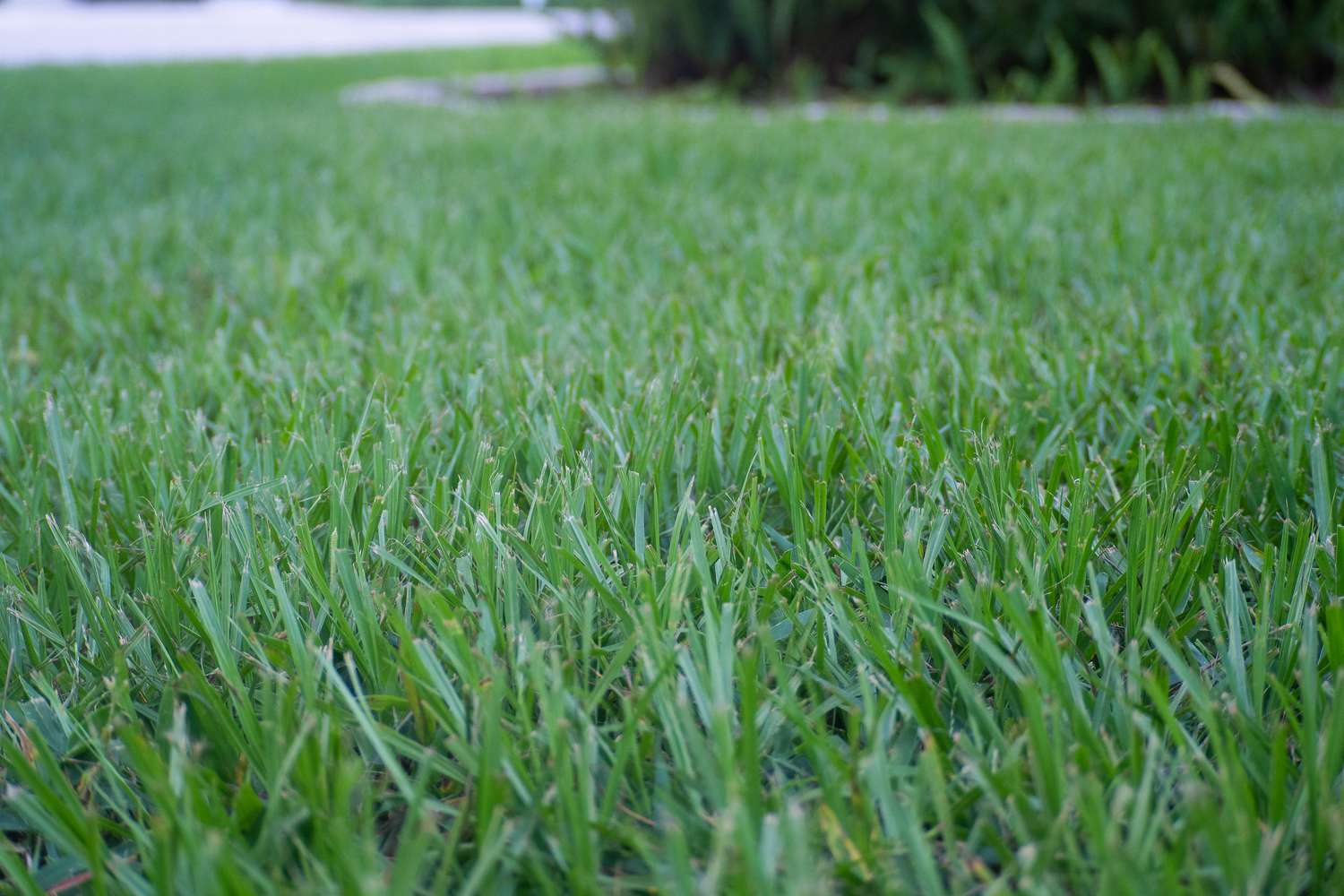
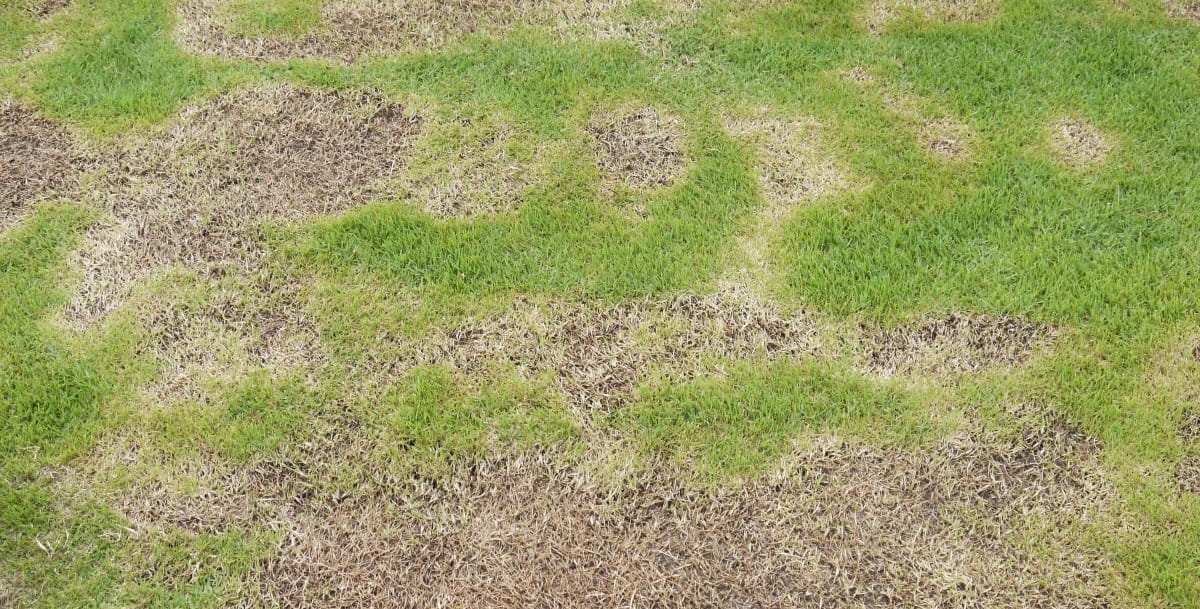

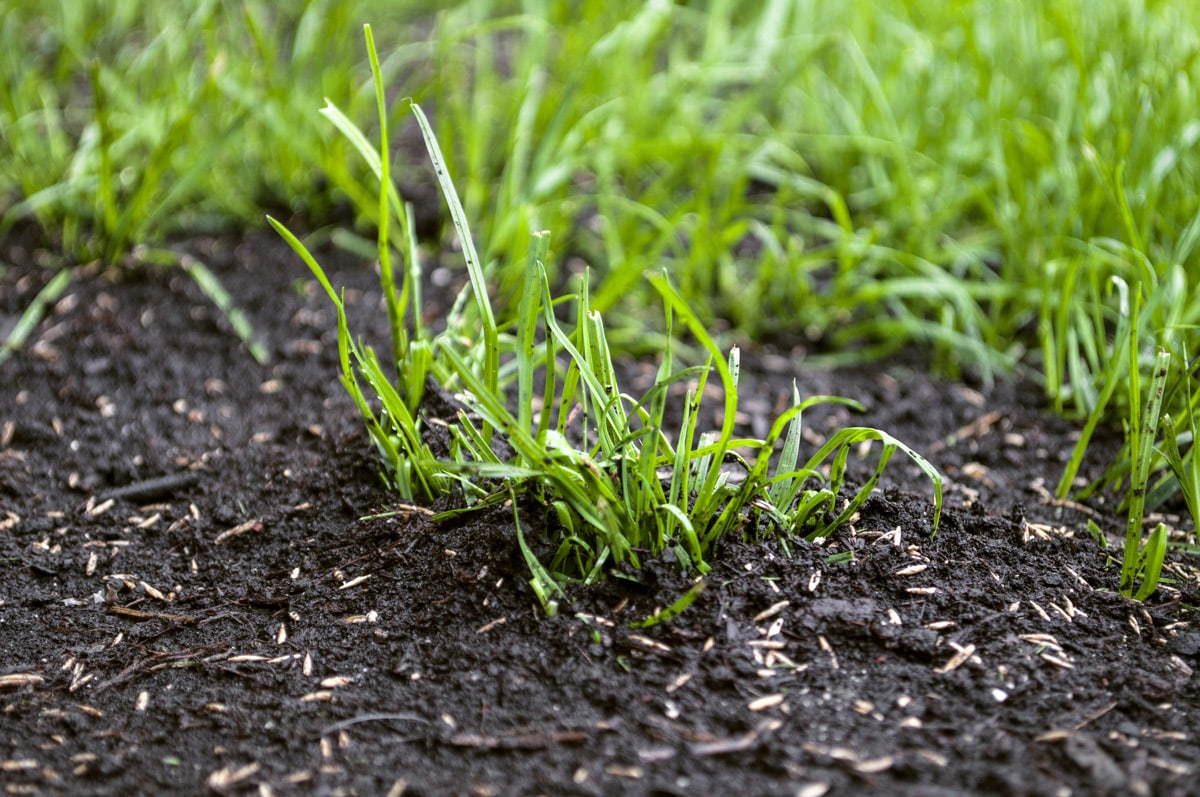
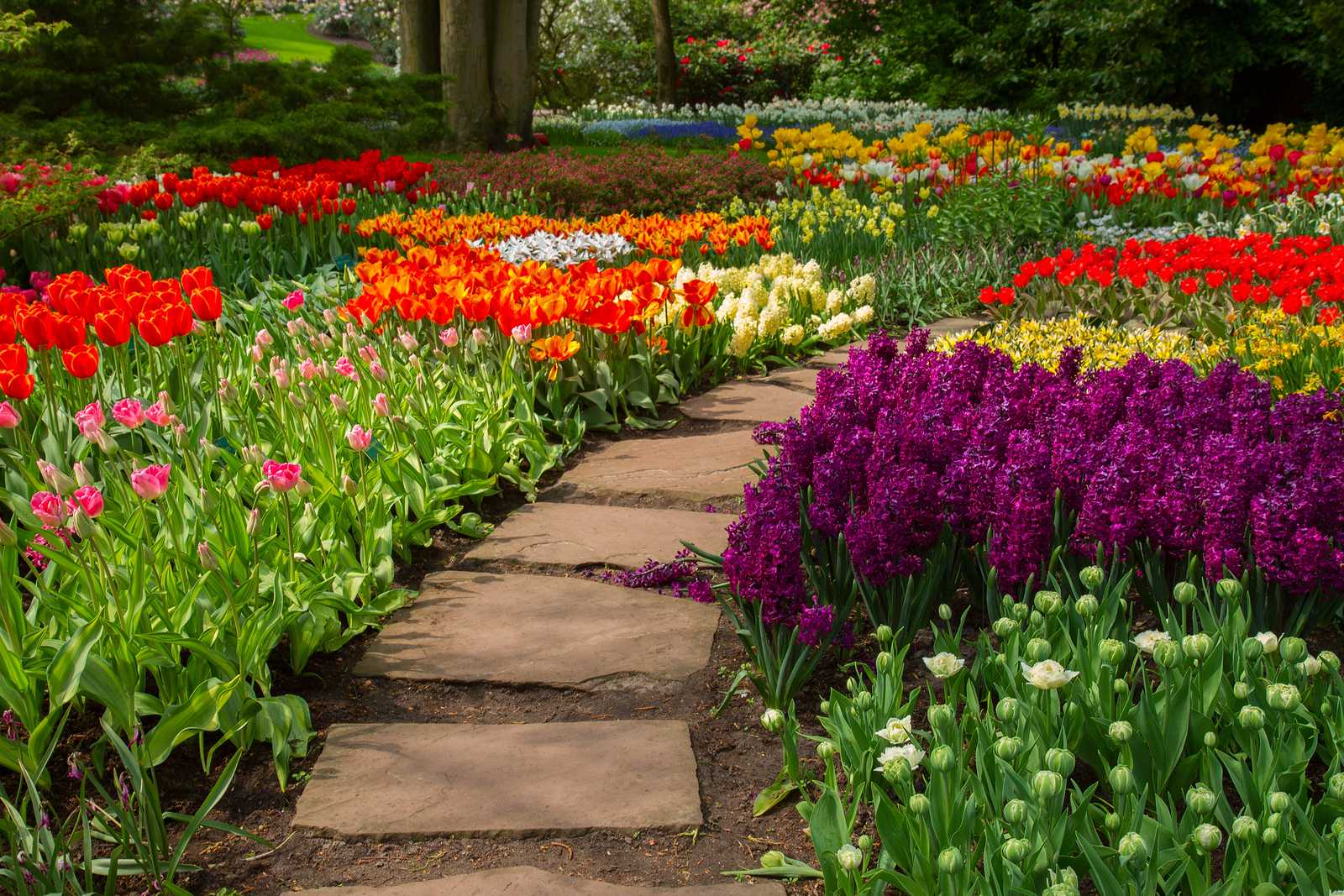
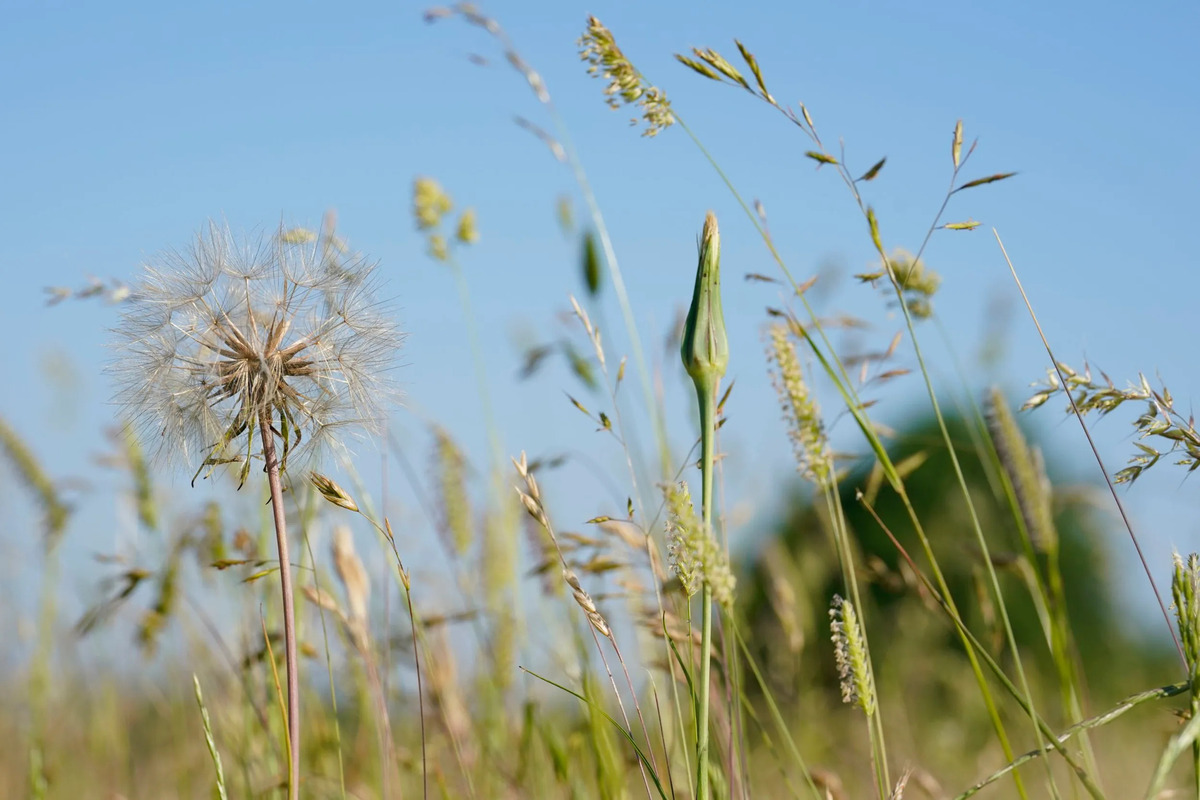
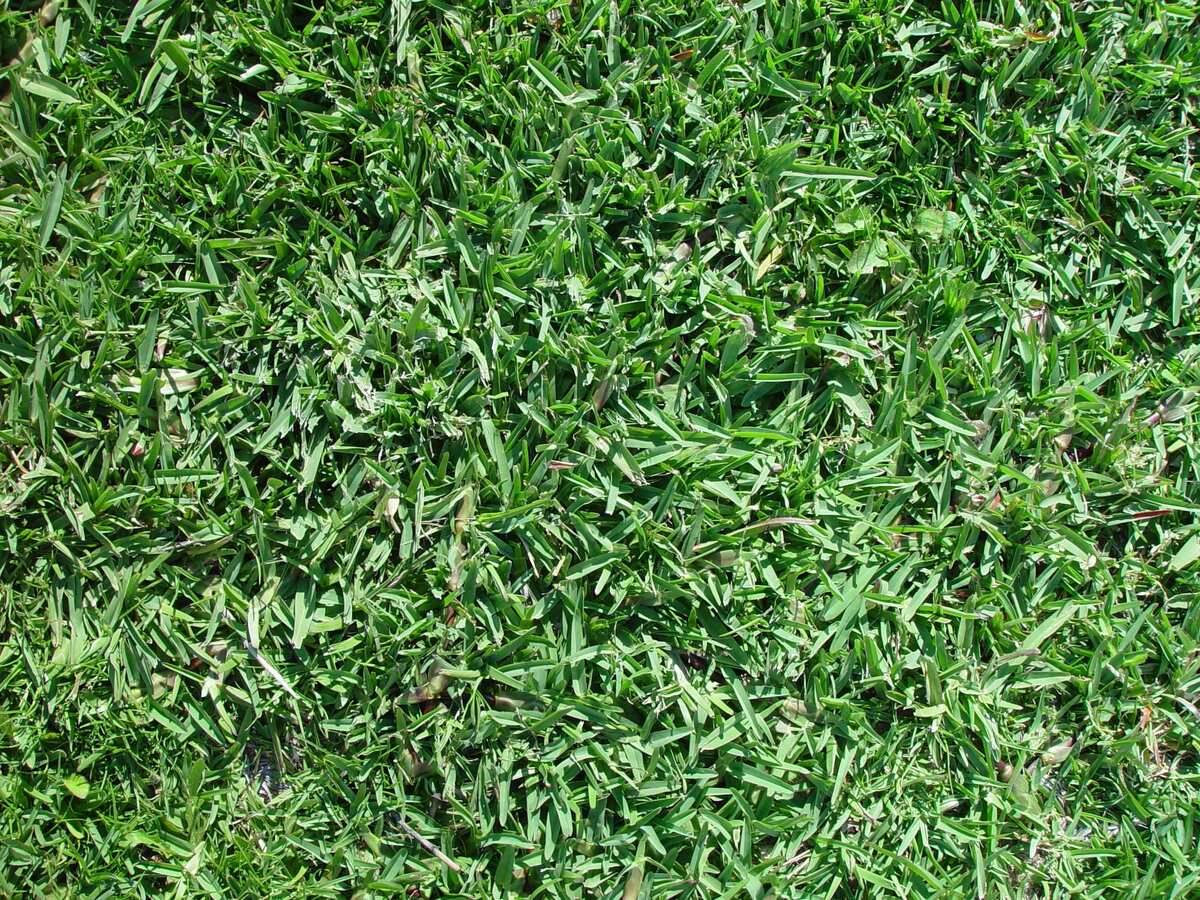
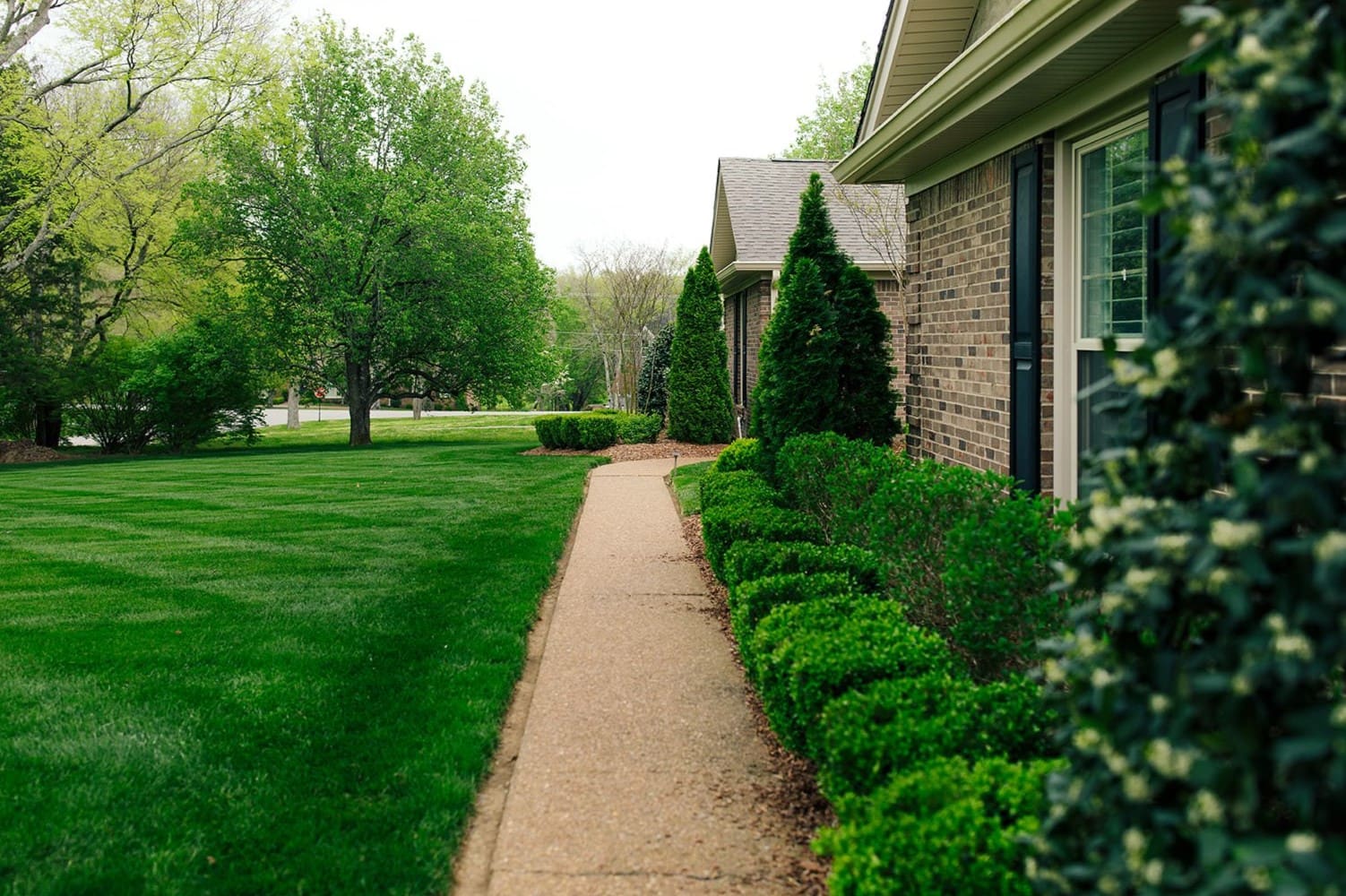
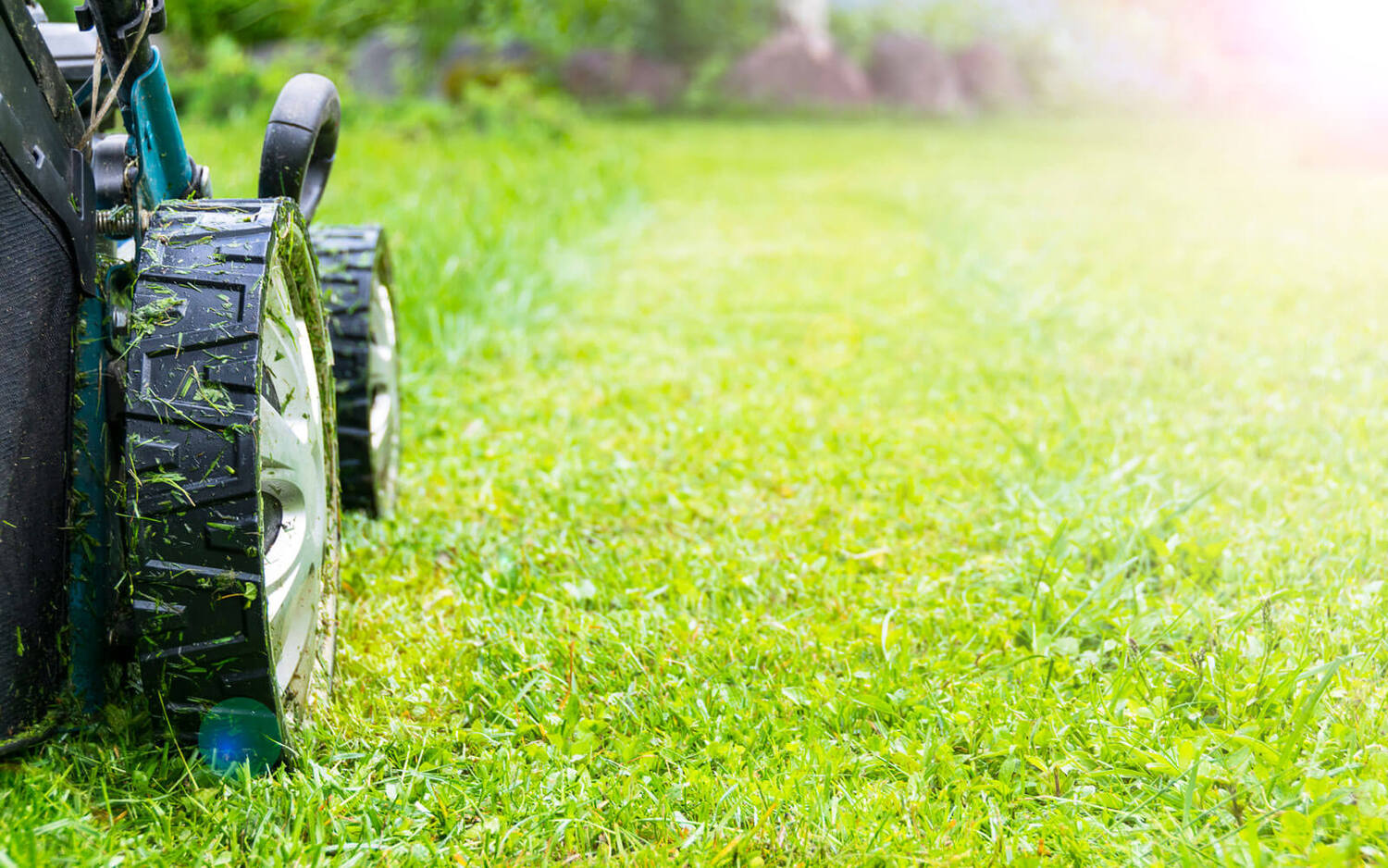
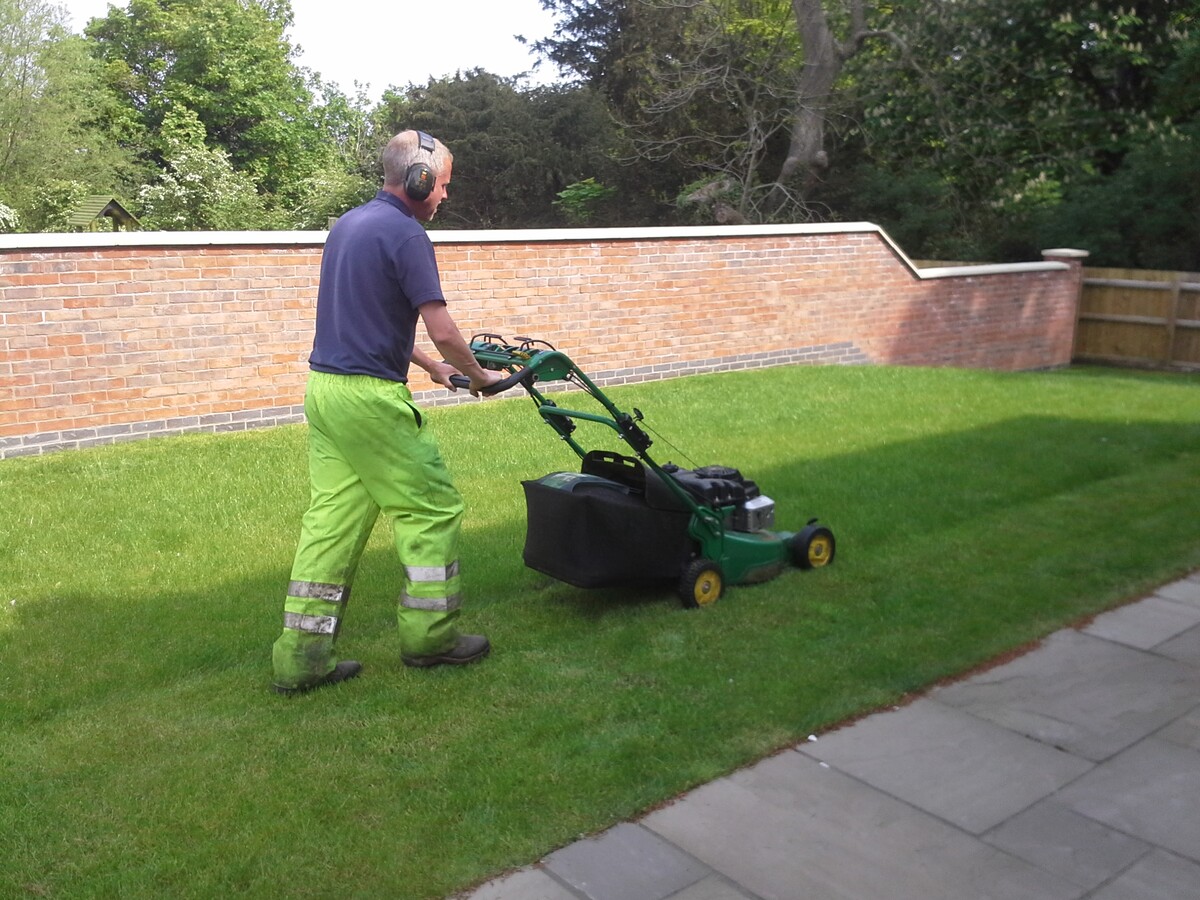
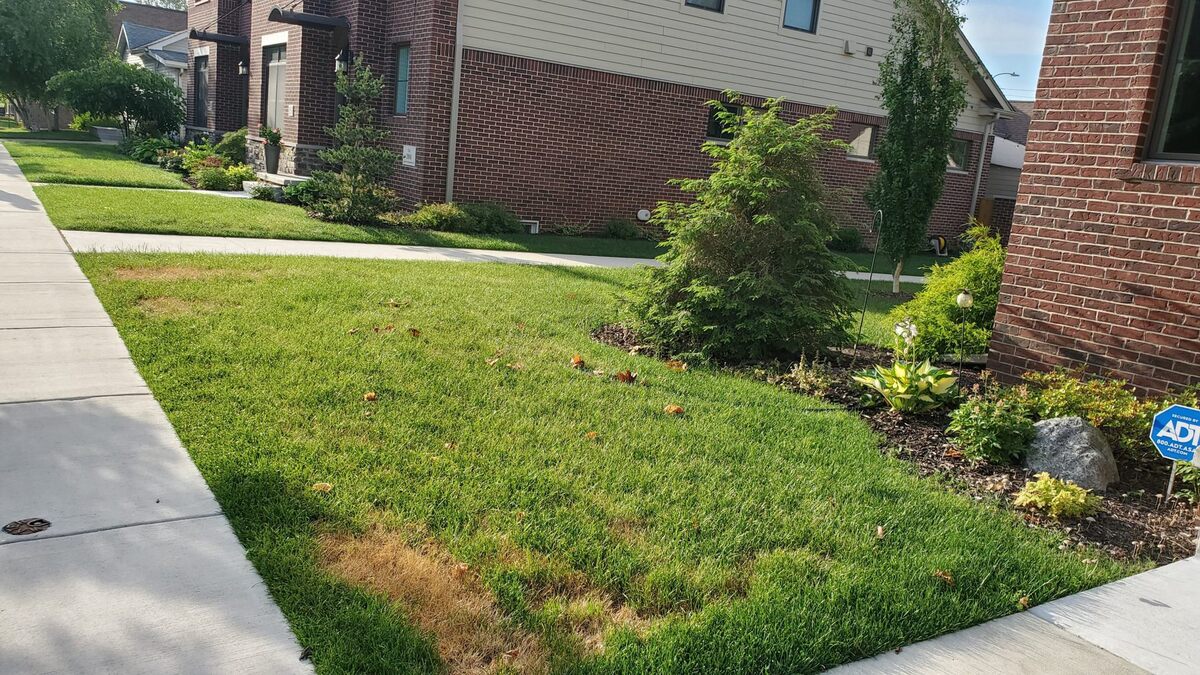
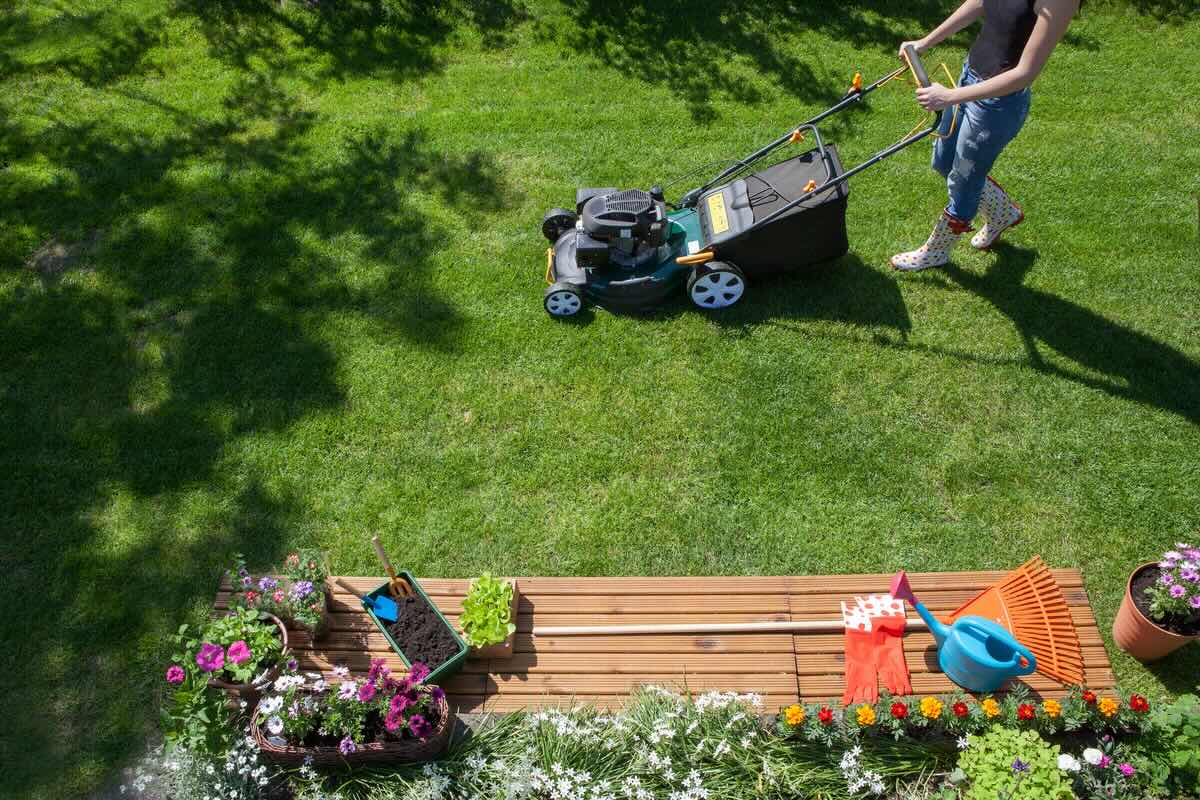
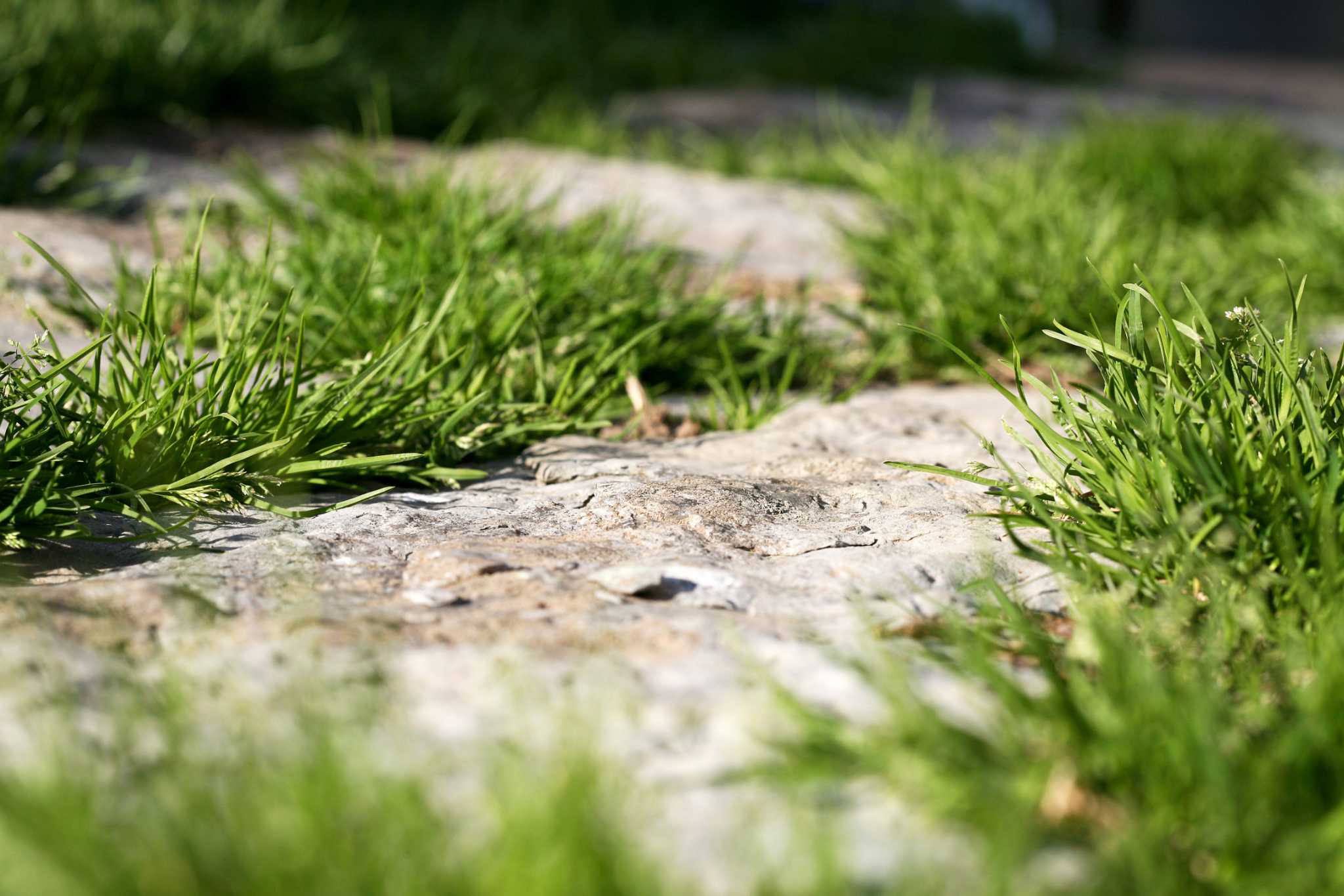
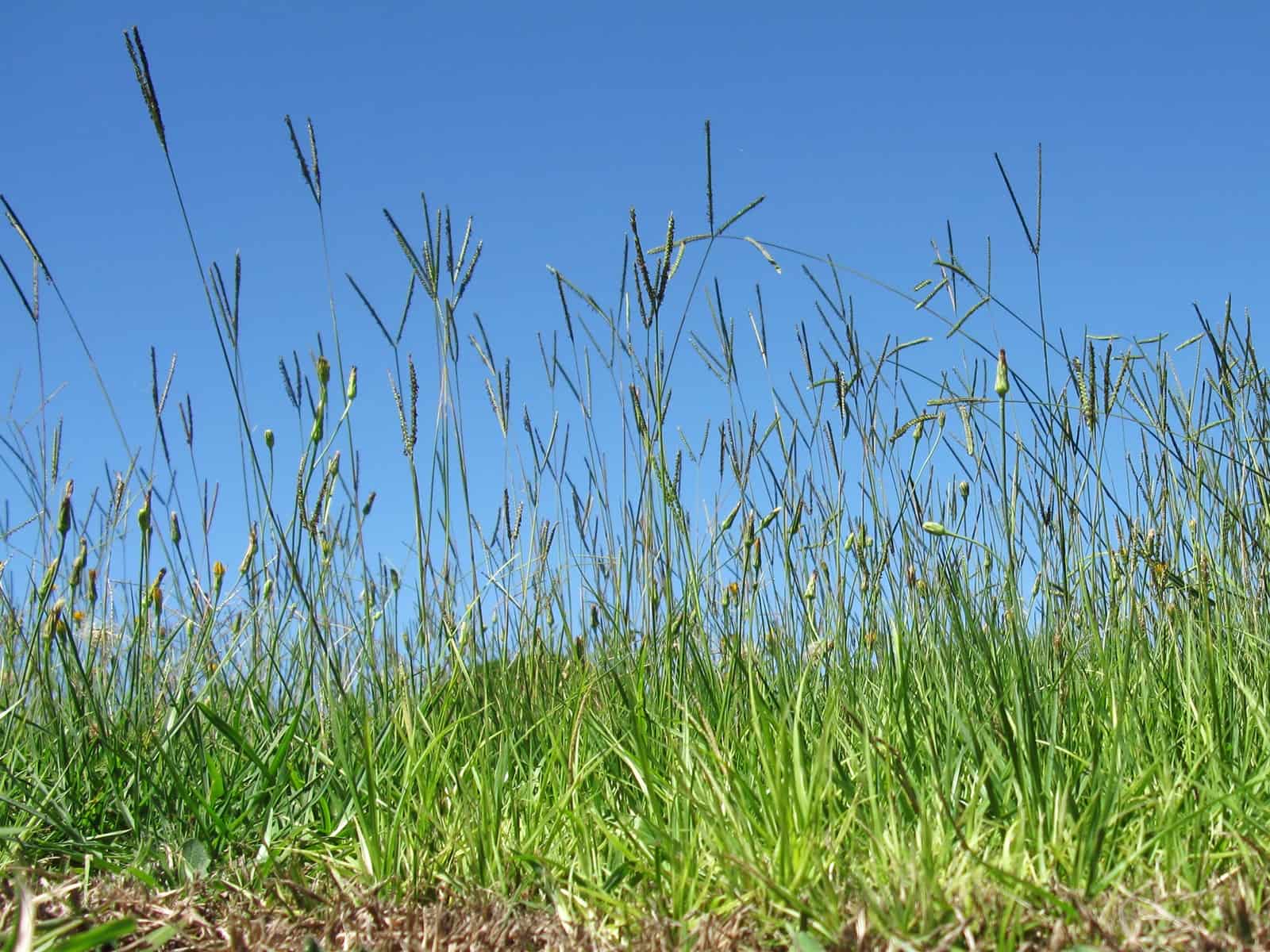

0 thoughts on “When Does Bahia Grass Start Growing”